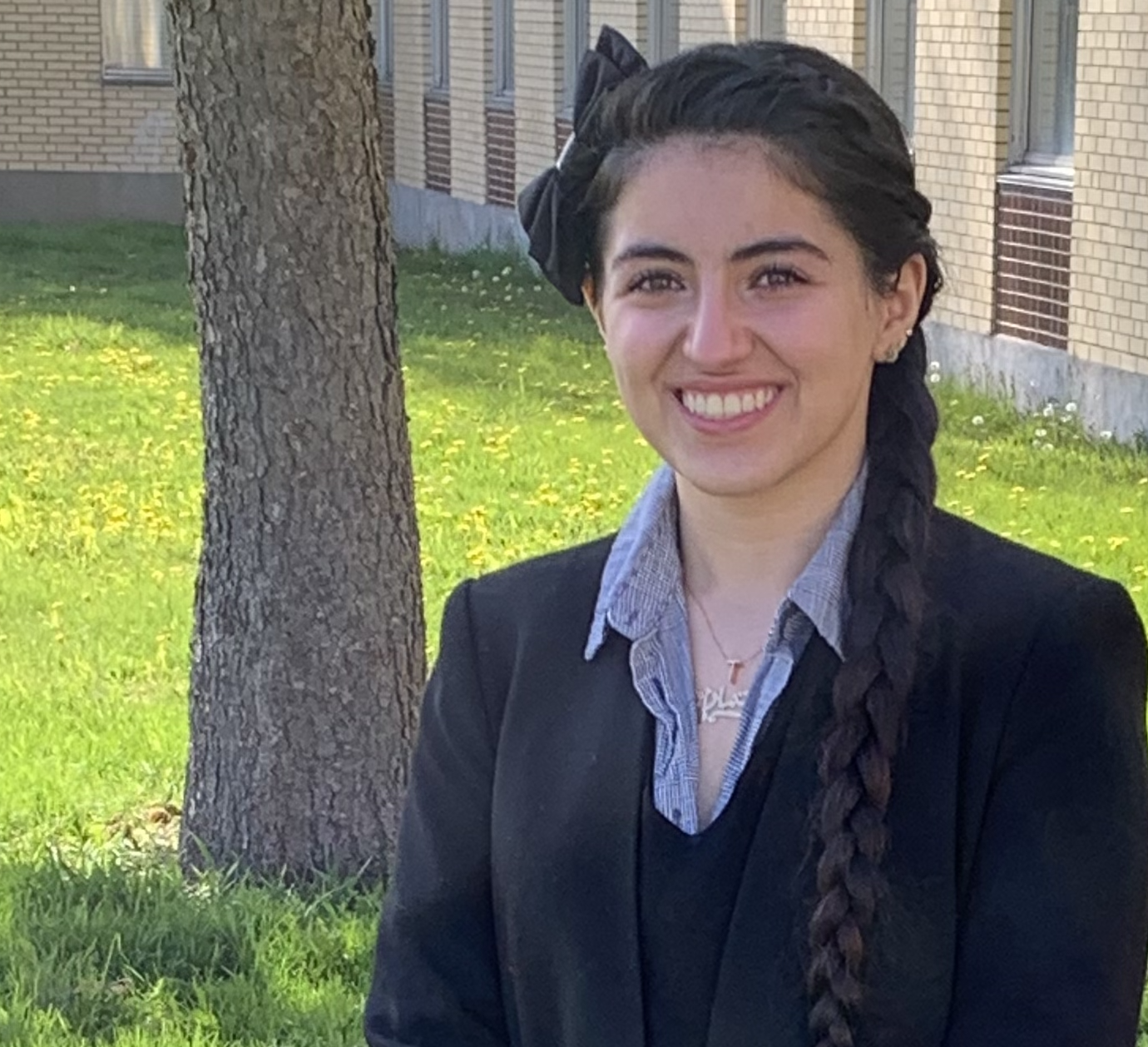Below is a summary of the abstract you submitted. Presenting author(s) is shown in bold.
If any changes need to be made, you can modify the abstract or change the authors.
You can also download a .docx version of this abstract.
If there are any problems, please email Dan at dar78@pitt.edu and he'll take care of them!
This abstract was last modified on March 16, 2021 at 4:19 p.m..

Bacteriophages, viruses that infect and lyse bacteria, are major contributors to the microbiological fabric of the world. With over 10^31 bacteriophages present in the world, and only around three thousand sequenced and annotated, we must do more to better understand and characterize their pathology and diversity. Working at the university of Ottawa, in collaboration with Howard Hughes Medical Institute (HHMI) SEA-PHAGES program, we isolated and characterized the bacteriophage Yafa which infects Microbacterium foliorum. Yafa was isolated from a soil sample in the downtown Ottawa region. Yafa was then purified and characterized by Transmission Electron Microscopy (TEM), restriction digestion of its genomic DNA, and lysogeny testing. TEM revealed a podoviridae morphology with a tailless 70.2nm in diameter icosahedral capsid. Lysogeny testing revealed the temperate nature of the bacteriophage - referring to its ability to undergo both lytic and lysogenic life cycles. This finding allowed the team to grow a lysogenic strain of M. foliorum containing prophage Yafa used for super-infection immunity testing. The sequence of the Yafa genome was determined at the University of Pittsburgh by Illumina sequencing. Yafa’s DNA was then assembled into a genome of 53,769bp with an approximate 257x shotgun coverage and 58.8% GC content. Currently, our team is working towards completing Yafa’s gene annotation with the aim of finding the lysogenic switch that allows Yafa, and potentially all EK2 cluster bacteriophages, to be able to undergo both life cycles compared to virulent phages that can only complete the lytic cycle.

